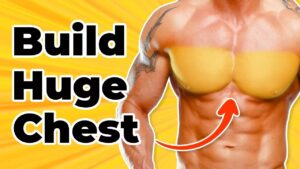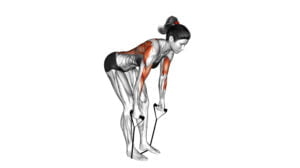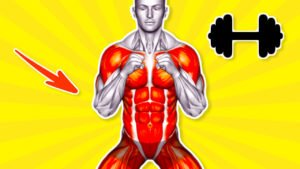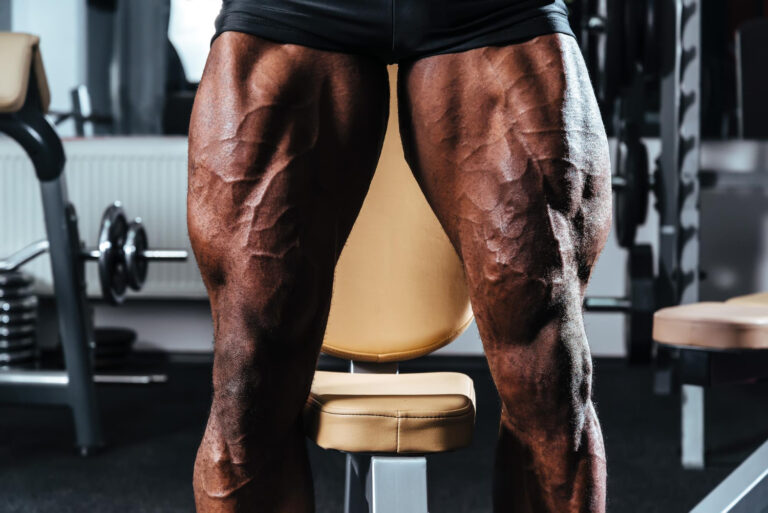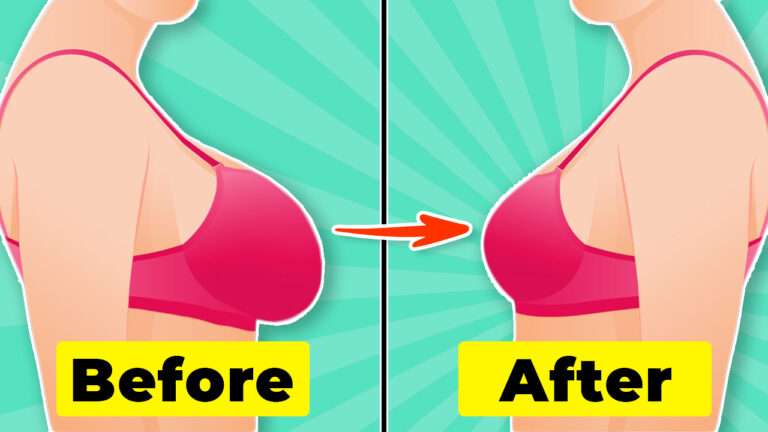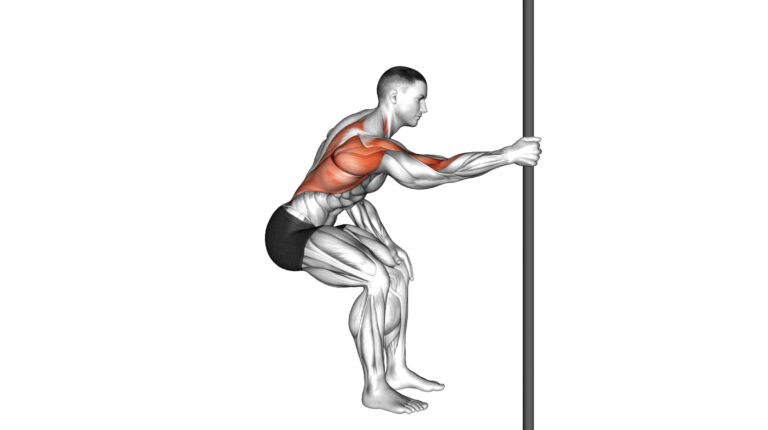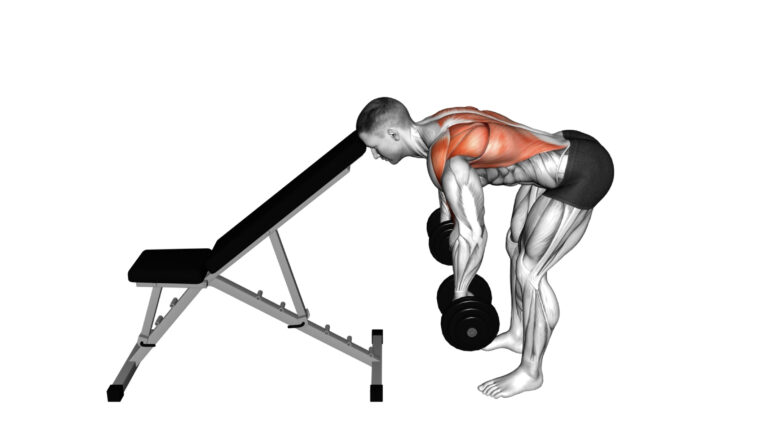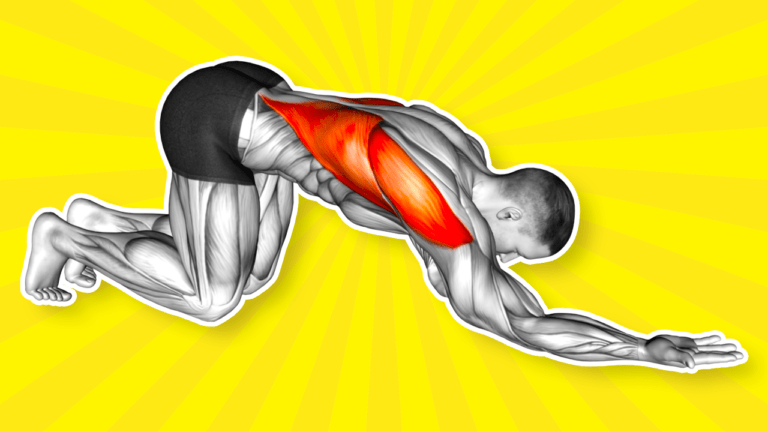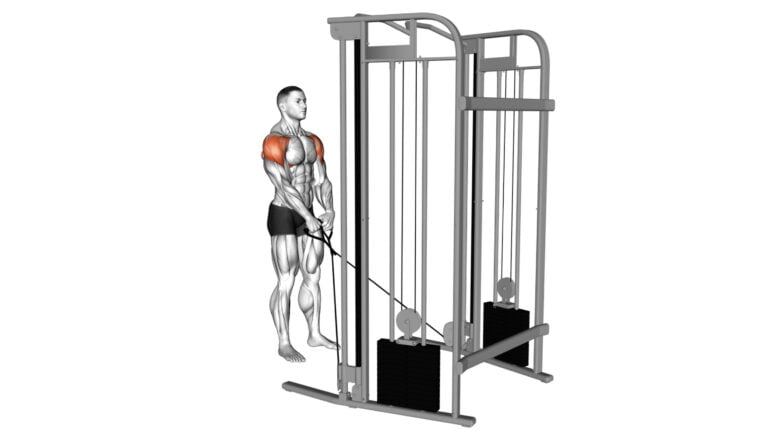5 Body Weight Pull Exercises – Unleash Your Back Strength!
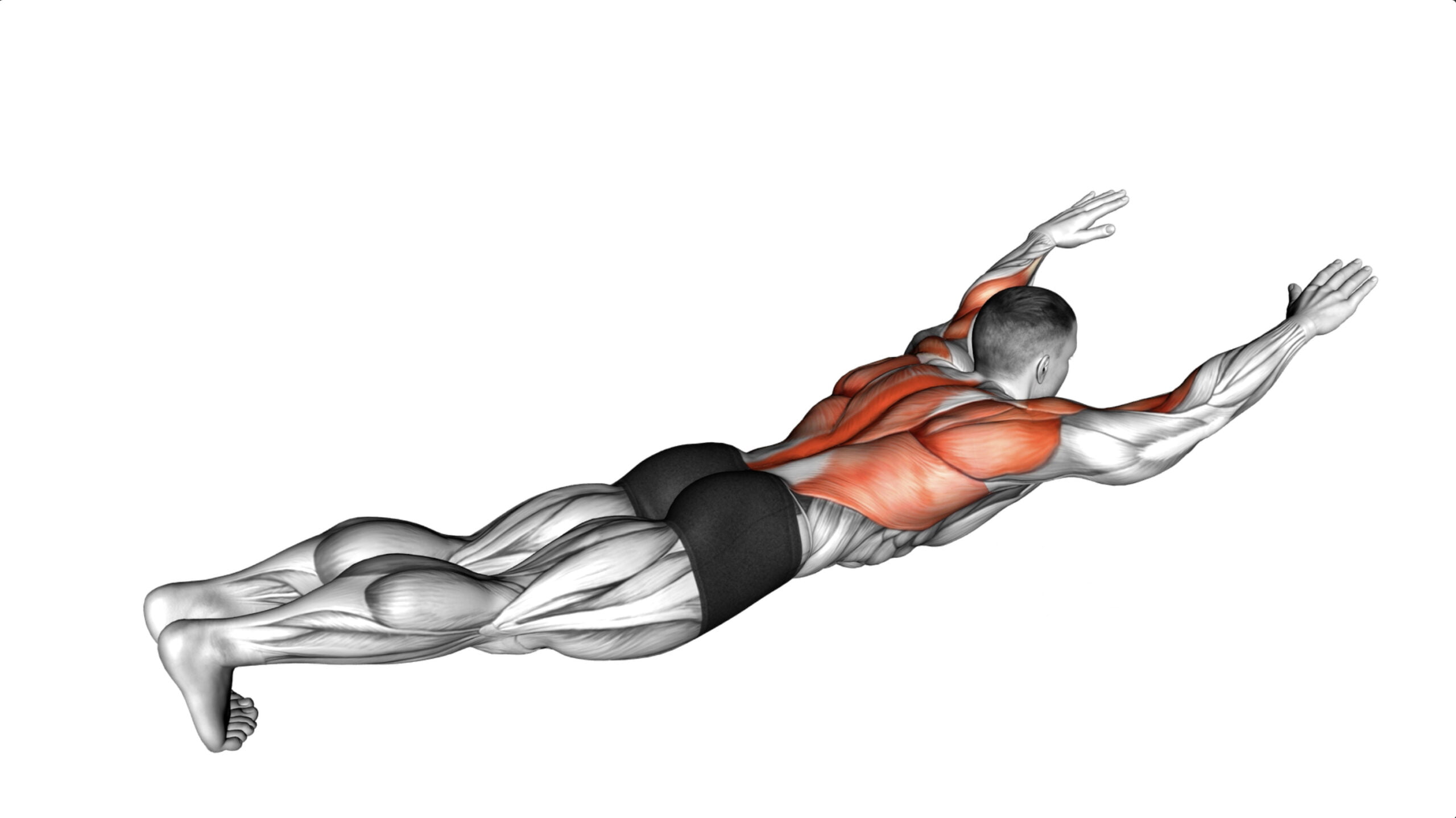
Pulling exercises often take a back seat in many fitness enthusiasts’ routines, overshadowed by the more glamorous push movements like bench presses and push-ups. However, bodyweight pull exercises are essential for developing a well-rounded and balanced physique.
As a seasoned fitness instructor with over a decade of experience guiding clients towards their strength goals, I’ve witnessed firsthand the transformative power these exercises have on posture, muscle balance, and overall upper body health.
Surprising to some, mastering your own body weight through various pulling motions can lead to substantial gains in both strength and muscular development without requiring expensive equipment or gym memberships.
In fact, incorporating these simple yet effective movements into your regimen can ignite progress you’ve been aiming for. Ready to redefine your workout? Let’s get started – it’s time to pull your way to peak fitness!
Key Takeaways
- Target multiple muscle groups with bodyweight pull exercises like sliding floor pulldowns and side plank pulls for increased strength, muscle development, and functional movement.
- Bodyweight pull exercises are convenient, require no gym equipment, and can be done anywhere, saving time and money while being effective for fitness.
- Strengthening muscles through these exercises can decrease the risk of injury by promoting balance among muscle groups and improving joint stability.
- Consistent practice of bodyweight pull movements leads to visible improvements in muscular endurance and definition over time.
- To achieve optimal results from bodyweight pull exercises, focus on proper form, avoid common mistakes, follow recommended sets and reps, fuel your workouts with a healthy diet.
The Importance of Bodyweight Pull Exercises
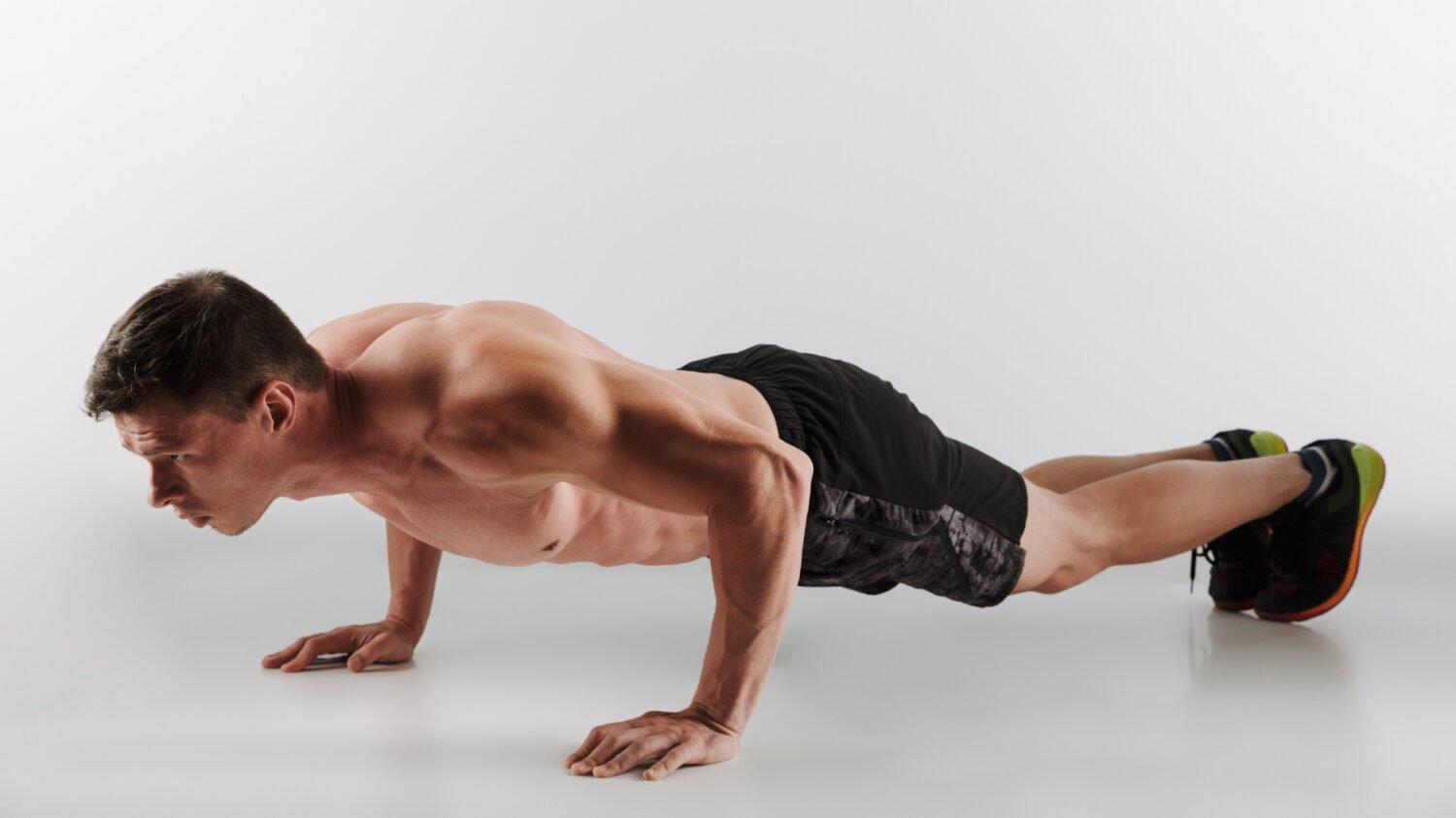
Moving on from the basics, let’s delve into why bodyweight pull exercises deserve a spot in your fitness routine. These exercises target a range of muscles including the lats, biceps, shoulders, and lower back.
They are key to building upper body strength and help improve posture by counteracting the forward hunch that often comes with sitting for long periods.
Practicing these movements can lead to better performance in sports and daily activities alike. Whether you’re pulling open a heavy door or reaching up to grab something off a shelf, the functional benefits of strong pulling muscles are numerous.
Without needing any equipment like weights or pull-up bars, you can work on these essential skills anytime and anywhere – making them an incredibly versatile addition to your workout arsenal.
5 Bodyweight Pull Exercises
These bodyweight pull exercises are great for targeting different muscle groups and improving overall strength. With the right form and technique, they can be effective in helping you achieve your fitness goals.
1. Sliding Floor Pulldown on Towel
Grab a towel and get ready for the Sliding Floor Pulldown on Towel, an innovative exercise that targets your latissimus dorsi, the broad muscles on either side of your back. Lay flat on your stomach with a smooth surface beneath you.
Hold the ends of the towel with both hands above your head, keeping it taut throughout the movement. Slide your body forward by pulling down on the towel and engage those lats as if performing a pull-up against the floor.
Your arms should stay extended out in front as you use your back to create pulling tension.
Ensure that elbows are kept straight while engaging core stability to protect your lower back throughout this dynamic exercise. This move not only enhances strength but also boosts flexibility in shoulder blades and triceps without needing a chin-up bar or any fancy gym equipment.
Glide back slowly after each repetition to maintain control and make sure you’re leveraging progressive overload by increasing repetitions over time for muscle growth and improved physical activities performance.
Keep focused on activating those under-used muscles; imagine squeezing something between those shoulder blades every time you pull down on that towel!
2. Side Plank Pull
Get ready to challenge your core and upper body strength with the Side Plank Pull. This move is a dynamic twist on the classic side plank that not only targets your obliques but also engages your shoulders, biceps, and lats.
Begin by lying on your side, propping yourself up on one elbow while keeping your feet stacked. Lift your hips off the ground to form a straight line from head to heels – this is your starting position.
To add the pull element, reach out with your free hand as if you’re trying to grab something in front of you at shoulder height. Now draw that arm back powerfully towards your waist while maintaining a solid plank position without letting those hips drop.
Imagine each pull as a way to carve deeper into those muscles, building stability and endurance where it counts. Alternate sides after completing a set number of reps or time interval for balanced strengthening across your entire torso.
3. Push-up Pull
Engage your chest, shoulders, and triceps with the push-up pull exercise. Begin in a high plank position, hands directly under shoulders. Lower into a push-up while simultaneously driving one elbow back in a rowing motion.
Return to the starting position and repeat on the opposite side. This compound movement targets multiple muscle groups, making it an efficient addition to your bodyweight workout routine.
For an added challenge, elevate your feet on a bench or step to increase resistance. Remember to maintain proper form throughout the exercise by engaging your core and keeping your body in a straight line from head to heels.
4. Lying Lat Pulldown
To perform a lying lat pulldown, lie on your back with your knees bent and feet flat on the floor. Hold onto a sturdy, elevated surface above you and slowly pull your body up towards the bar or edge using your back muscles.
Lower yourself back down in a controlled manner.
Engaging in lying lat pulldowns helps to target and strengthen the latissimus dorsi muscle, also known as the lats. This exercise also engages the rhomboids, biceps, and lower traps while improving overall upper body strength.
5. Knee Push-up Chest Pullback
Moving on from the Lying Lat Pulldown, let’s explore the Knee Push-up Chest Pullback. This exercise is an excellent way to engage your chest and back muscles without needing a pull-up bar or any equipment.
To perform this movement, start in a kneeling push-up position with your hands directly below your shoulders. As you lower yourself toward the ground, focus on pulling your chest back between your hands while maintaining a straight back and engaging your shoulder blades.
The Knee Push-up Chest Pullback targets the muscles of the chest, arms, and upper back. It also helps improve core stability and can be adapted to different fitness levels by adjusting the intensity of the push-up portion or focusing more on the pulling motion.
How to Properly Perform These Exercises
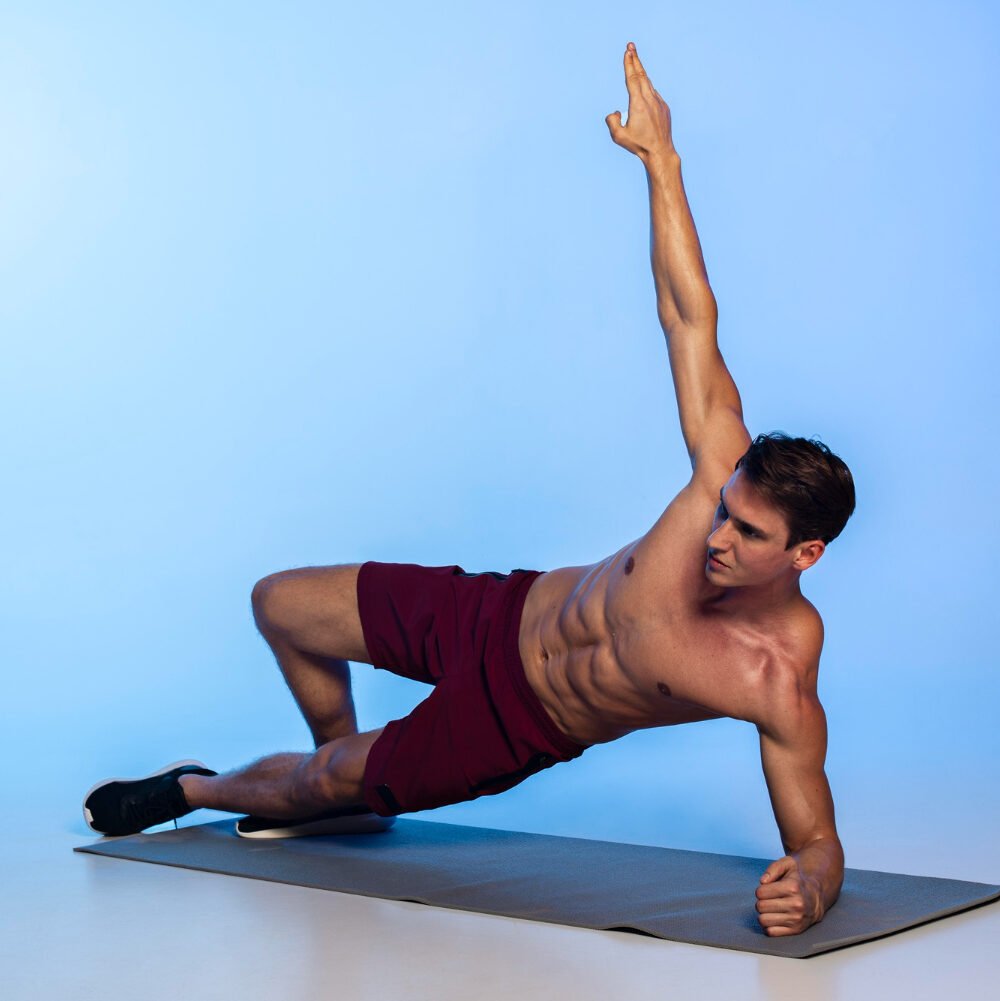
To properly perform these body weight pull exercises, it’s important to focus on maintaining proper form and technique. Common mistakes should be avoided, and recommended sets and reps should be followed for optimal results in your workout routine.
Common Mistakes
Many people make errors when performing bodyweight pull exercises. These mistakes can hinder progress and increase the risk of injury. Here are some common mistakes to watch out for:
- Rounding the back during pull exercises can strain the lower back and reduce the effectiveness of the exercise.
- Allowing the shoulders to shrug up towards the ears while doing pull exercises can lead to tension in the neck and shoulders, instead of targeting the intended muscles.
- Gripping handles or bars too tightly may cause unnecessary tension in the forearms and limit the engagement of larger muscle groups.
- Failing to engage the core during pull exercises can lead to an unstable and inefficient movement pattern, increasing the risk of injury.
- Using momentum to swing through pull exercises reduces the engagement of target muscle groups and increases the risk of strains or pulls.
- Proper Form And Technique
Proper form and technique
To perform bodyweight pull exercises with proper form and technique, follow these guidelines:
- Maintain a straight back and engage your core to support your spine during all pulling movements.
- Keep your shoulders down and away from your ears to avoid unnecessary tension in the neck and upper traps.
- Focus on initiating the movement from the targeted muscles, such as the lats or rear delts, rather than relying solely on momentum.
- Control the lowering phase of each exercise to maximize muscle engagement and prevent injury.
- Avoid excessive swinging or jerking motions, as this can compromise form and increase the risk of strain.
Recommended Sets And Reps
To ensure you make the most of bodyweight pull exercises, it’s essential to know the recommended sets and reps for each exercise. Here’s a detailed breakdown:
Sliding Floor Pulldown on Towel
- Aim for 3 sets of 8 – 12 repetitions
- Rest for 30 – 60 seconds between sets
Side Plank Pull
- Perform 2 sets of 10 – 15 repetitions on each side
- Take a 20 – 30 second rest between sets
Push – up Pull
- Complete 3 sets of 8 – 12 repetitions
- Rest for about 45 seconds between sets
Lying Lat Pulldown
- Aim for 3 sets of 10 – 15 repetitions
- Allow yourself a 40 – 50 second rest between sets
Knee Push – up Chest Pullback
- Perform 2 sets of 12 – 15 repetitions
- Rest for approximately 25 seconds between sets
How long to wait for workout results
You should start noticing initial improvements in your strength and muscle endurance within the first few weeks of consistently incorporating bodyweight pull exercises into your routine.
Over the next 2 to 3 months, you can expect to see more significant gains in muscle definition and overall functional strength. Remember, individual results may vary based on factors like diet, rest, and the intensity of your workouts.
As you remain consistent with these bodyweight pull exercises, gradually increasing the challenge as you progress will yield even more remarkable results over time. Next up: “Eat a Healthy Diet” – an essential aspect of maximizing workout benefits.
Eat a Healthy Diet
To support your bodyweight pull exercises, it’s crucial to fuel your body with a healthy diet. A balanced diet of lean proteins, complex carbohydrates, and healthy fats can provide the necessary nutrients for muscle recovery and growth.
Incorporating plenty of fruits and vegetables into your meals will also supply essential vitamins and minerals that aid in overall fitness and strength training. Hydrating adequately by drinking water throughout the day is equally important to maintain optimal performance during workouts.
Planning your meals around whole foods rather than processed options can help regulate energy levels, promote muscle repair, and reduce inflammation in the body. Stick to natural sources of protein like chicken, fish, tofu or beans while opting for whole grains such as quinoa or brown rice for sustained energy.
Benefits of Incorporating Bodyweight Pull Exercises Into Your Workout Routine
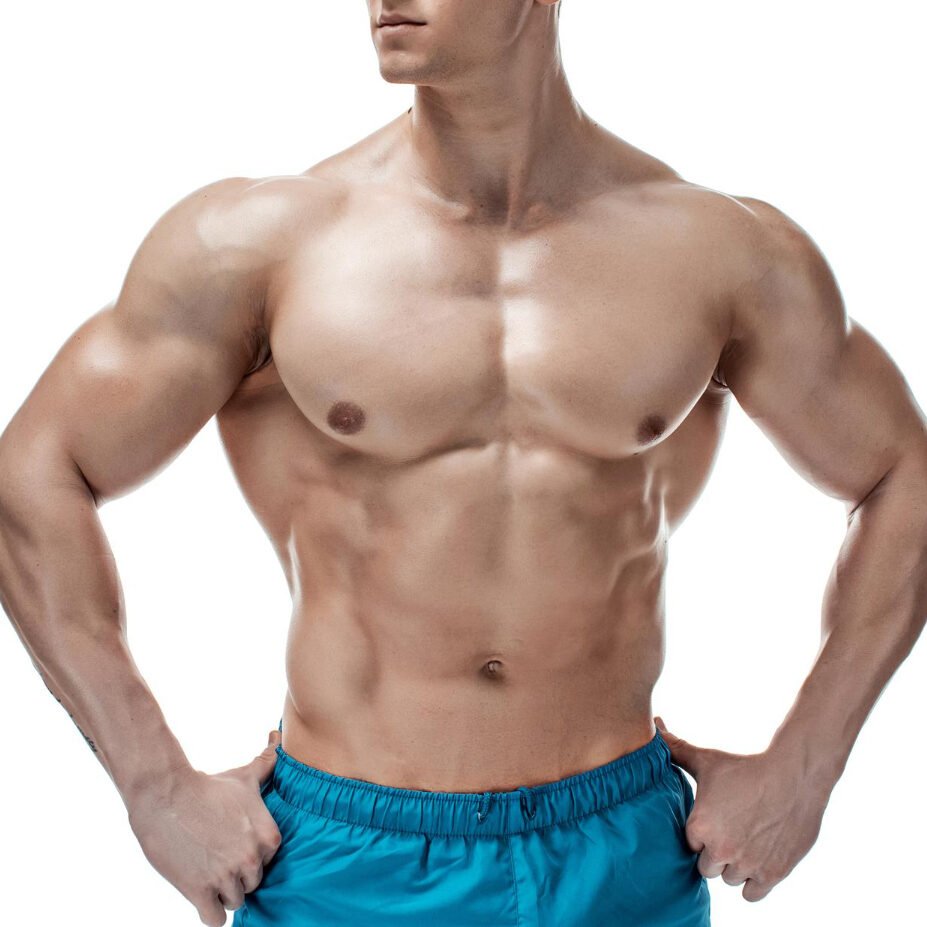
Incorporating bodyweight pull exercises into your workout routine can lead to improved strength and muscle development, increased functional movement, convenience and cost-effectiveness, reduced risk of injury, and improved overall fitness.
Improved strength and muscle development
Engaging in bodyweight pull exercises leads to improved strength and muscle development. These exercises target various muscle groups, such as the back, arms, and core. As a result, consistent practice of these movements can lead to enhanced muscular endurance and overall physical performance.
Additionally, bodyweight pull exercises promote functional strength by engaging multiple muscles simultaneously, contributing to better stability and coordination in daily activities.
Furthermore, incorporating these exercises into your workout routine can lead to visible muscle definition and increased power. With regular practice and progressive overload, individuals can experience notable improvements in their upper body strength and muscular development.
Increased functional movement
Improved strength and muscle development is just the beginning. Integrating bodyweight pull exercises into your routine enhances functional movement, making everyday activities easier.
These exercises engage multiple muscles simultaneously, promoting better coordination and agility in your daily tasks.
Incorporating bodyweight pull exercises like sliding floor pulldowns on a towel or side plank pulls not only builds strength but also improves stability and range of motion in various joints.
Convenience and cost-effectiveness
Bodyweight pull exercises offer convenience and cost-effectiveness, as they can be performed virtually anywhere without the need for heavy gym equipment. You can integrate these exercises into your daily routine, eliminating the time and expense of commuting to a fitness center, making them an accessible option for those with busy schedules or budget constraints.
Additionally, bodyweight pull exercises provide an effective way to build strength and muscle without requiring expensive machines or memberships.
Implementing bodyweight pull exercises in your workout routine not only saves money but also enables you to achieve fitness goals from the comfort of your own home. By utilizing minimal equipment and space, these exercises offer a practical solution for individuals seeking an efficient and affordable approach to improving their overall physical well-being.
Reduced risk of injury
Incorporating body weight pull exercises into your workout routine can significantly reduce the risk of injury. By strengthening the muscles in your back, shoulders, and arms, you improve overall stability and support for these areas.
This reduces the likelihood of strains or sprains during physical activities, ultimately contributing to a safer and more sustainable fitness journey.
Moreover, bodyweight pull exercises promote balance among different muscle groups, helping to prevent overuse injuries by ensuring all muscles are equally engaged and developed. This balanced approach promotes joint health and stability while minimizing the risk of common workout-related injuries such as shoulder impingement or lower back strain.
Improved overall fitness
Incorporating bodyweight pull exercises into your workout routine can lead to improved overall fitness. By engaging multiple muscle groups and promoting functional movement, these exercises contribute to increased strength, endurance, and flexibility.
As a result, you may experience enhanced physical performance in various activities and sports while reducing the risk of injury. Additionally, integrating bodyweight pull exercises can enhance cardiovascular health and contribute to an overall healthier lifestyle.
Implementing bodyweight pull exercises into your regular routine not only builds strength but also enhances flexibility, leading to improved overall fitness for a well-rounded approach to wellness.
Conclusion
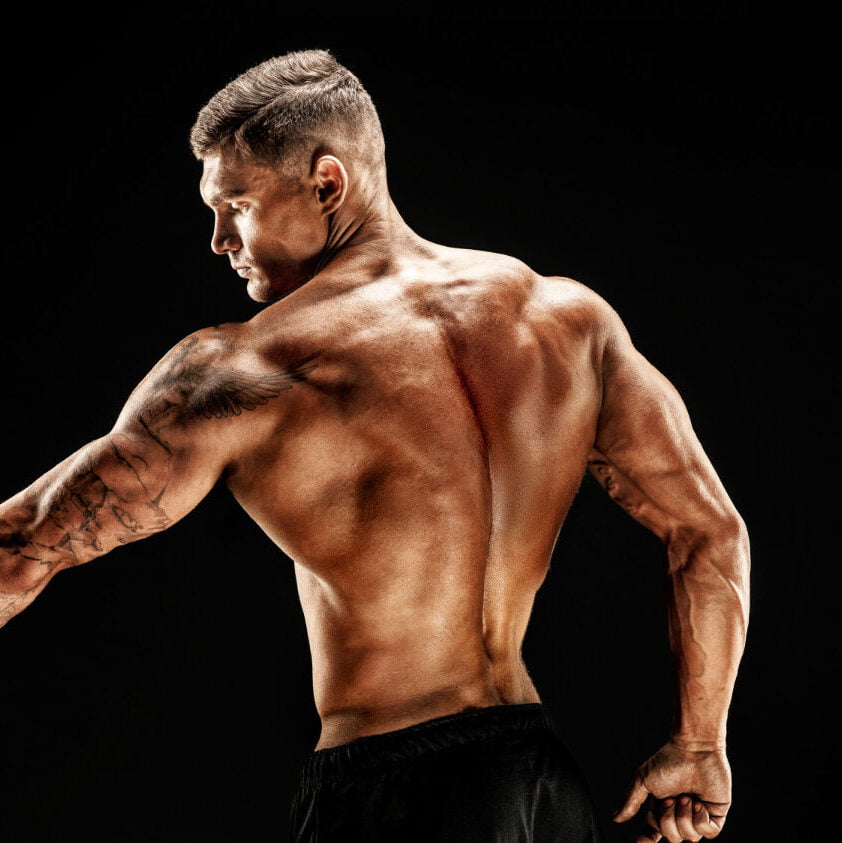
Incorporating bodyweight pull exercises into your workout routine can lead to improved strength and muscle development. These exercises offer practical and cost-effective solutions for enhancing overall fitness.
Are you ready to challenge yourself with these effective bodyweight pulling exercises? Take action today and experience the benefits firsthand. Embrace the importance of these exercises, enabling you to reduce the risk of injury and improve functional movement.
Elevate your workout routine with these efficient bodyweight pull exercises!
FAQs
1. What are some body weight pull exercises I can do at home?
Body weight pull exercises include pull-ups, chin-ups, and inverted rows. These exercises help strengthen your back, shoulders, and arms without needing weights.
2. Can pulling body weight exercises help prevent lower back pain?
Yes! Pulling body weight exercises like deadlifts and squats work your glutes and hamstrings which can reduce stress on your lower back.
3. Are there any simple pull bodyweight exercises for beginners?
Beginners can start with isometric holds such as planking or easier versions of the pull-up exercise using bands or doing inverted rows under a table.
4. How do these best bodyweight pulling exercises affect my muscles?
These exercises target various muscle groups including your biceps, trapezius, rear deltoids, rotator cuff muscles and even your core muscles like the rectus abdominis and transverse abdominis.
5. Should I stretch before doing calisthenics pulling workouts?
Yes, dynamic stretching warms up your muscles making them ready for strength exercise while static stretching during cooldown helps in recovery to avoid overtraining or shoulder pain.
6. Do any of these pulling up movements involve the lower-body too?
Absolutely! Exercises like lunges engage not only upper-body but also activate lower-body muscle groups including quadriceps and hamstrings contributing to an overall balance in muscle development.

Author
Years ago, the spark of my life’s passion ignited in my mind the moment I stepped into the local gym for the first time. The inaugural bead of perspiration, the initial endeavor, the very first surge of endorphins, and a sense of pride that washed over me post-workout marked the beginning of my deep-seated interest in strength sports, fitness, and sports nutrition. This very curiosity blossomed rapidly into a profound fascination, propelling me to earn a Master’s degree in Physical Education from the Academy of Physical Education in Krakow, followed by a Sports Manager diploma from the Jagiellonian University. My journey of growth led me to gain more specialized qualifications, such as being a certified personal trainer with a focus on sports dietetics, a lifeguard, and an instructor for wellness and corrective gymnastics. Theoretical knowledge paired seamlessly with practical experience, reinforcing my belief that the transformation of individuals under my guidance was also a reflection of my personal growth. This belief holds true even today. Each day, I strive to push the boundaries and explore new realms. These realms gently elevate me to greater heights. The unique combination of passion for my field and the continuous quest for growth fuels my drive to break new ground.

